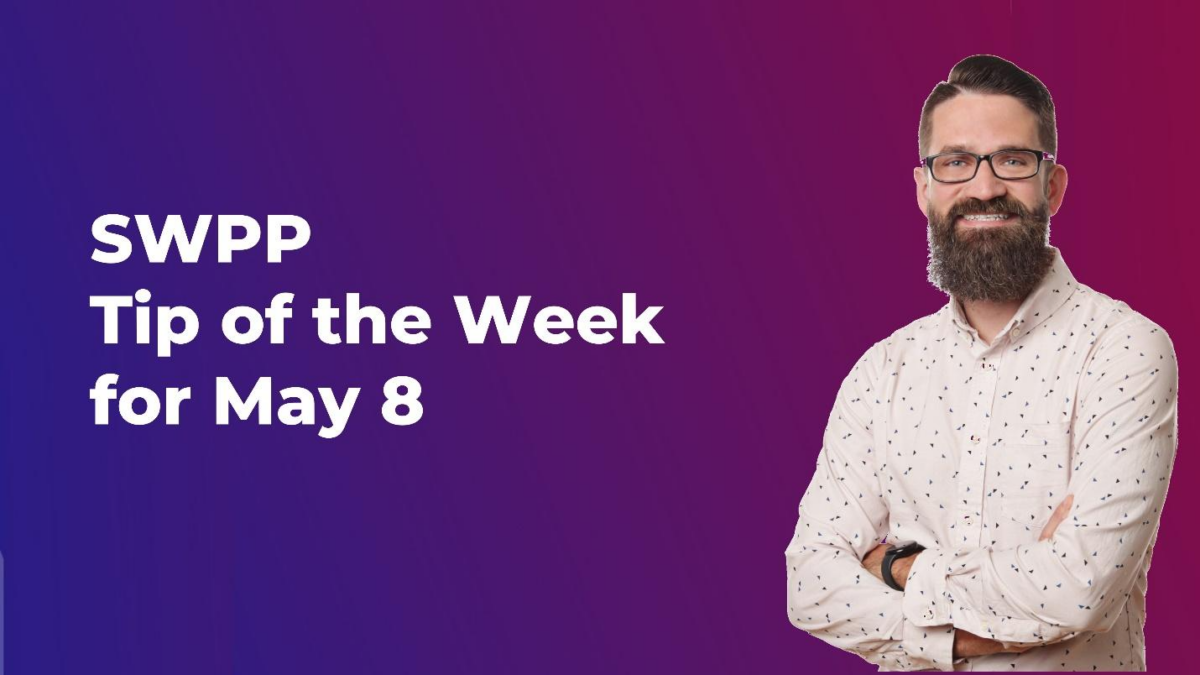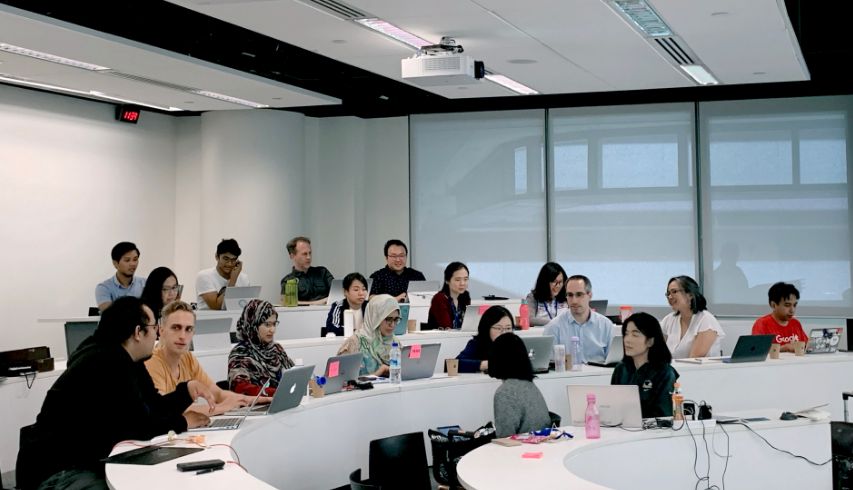Unleashing the Potential of Back-Office WFM: Mastering the Forecasting Challenge
Workforce Management (WFM) is the art and science of scheduling the right number of people with the right skills, at the right time, to handle work within service level and budget.
Forecasting is the key to solving the puzzle of scheduling the right number of people. It lays the foundation for efficient staffing levels and optimal resource utilization. Drawing from my 15 years of experience in consulting and training Workforce Optimization (WFO) teams, I’ve discovered that crafting a forecast that yields effective outcomes is a fundamental challenge when implementing Workforce Management (WFM) into the back office.

Amidst the dynamic landscape of back office, it’s common to feel overwhelmed by the various systems and processes involved. It’s crucial not to overlook the importance of getting your forecast process right. By investing extra effort and time, you can unlock significant benefits for your organization and enhance resource effectiveness, utilization, and budget. Trust me, the rewards are well worth the investment.
Now, let’s delve into some practical tips to help you conquer the forecasting challenge and elevate your WFM strategies to new heights. Here are three key areas to focus on:
1. Forecasting Expertise
- Partner with a forecasting expert who understands the unique practices of back-office work. Back-office work is handled differently than contact center work, so be sure these differences are factored in.
- Never assume – always ask. Collaborate closely with leaders, second-in-command individuals, and subject matter experts to gain their insight. They know the work better than anyone else so be sure to ask lots of questions.
- Validate that your workflow solutions can handle the varying factors that impact processing time, as not all systems are designed to seamlessly integrate with forecasting needs.
- Pick 1 team and master their forecast! Once you have the first forecast right, you can quickly move to the rest.
- There will still be some differing factors between teams so be sure to conduct interviews and find out those differences. Making assumption is the best way to tank your forecast.
- Promote the value of forecasting as a tool that helps leaders make better decisions and achieve their objectives. Make it the path of least resistance and empower team leaders to use it to their advantage.
2. Forecasting Task Structure Consideration
- One of the biggest challenges for back-office forecasting is the lack of data. But you still have to account for work that is conducted and not captured in any system or documentation.
- Remember that the structure of your task list can be influenced by service levels and expected handle times. Service levels will be a factor if you are looking to merge some of your tasks together for forecasting purposes. Group similar work together when possible.
- Blend where it makes sense. But be aware! Inaccurate blending of work leads to inefficiencies, delays, and compromises service. Your customers rely on your business to address their needs promptly, and any delays or errors can result in frustration and dissatisfaction.
- While reports provide valuable insights, remember that WFM is more than just a reporting tool. Use reports as a starting point to identify critical business factors but continue to refine and validate your forecast beyond the reports.
- Be flexible and adapt as new information emerges. Omitting important details can hinder your forecasting success, so revise, review, and revalidate regularly.

3. Team Collaboration
- Involving the right staff is a critical step to getting the task list right. Team Leaders, subject matter experts, and workflow coordinators all play a part at getting to the right data.
- Document conversations and monitor for inconsistencies. As a key player, you have a special vantage point to spot potential triggers that could harm operation of the business. By offering recommendations based on your observations, you can enhance overall performance and minimize adverse effects.
- Capture lessons learned from past forecasting experiences to continually improve future forecasts.
Building a robust workload forecast takes time and effort, but it’s a valuable tool that can transform your WFM operations. Remember, forecasting is both an art (understanding demand influencers) and a science (analyzing the numbers). So, let’s embrace the challenge, fine-tune our forecasting skills, and elevate our WFM teams to become strategic assets that drive positive change in our organizations. WFM isn’t just for the contact center anymore.
If you’re eager to dive deeper into the world of back-office WFM and gain valuable insights, I invite you to join our upcoming webinar series. This blog is just the beginning of a three-part back-office series where we’ll explore more tips, strategies, and industry best practices.






















